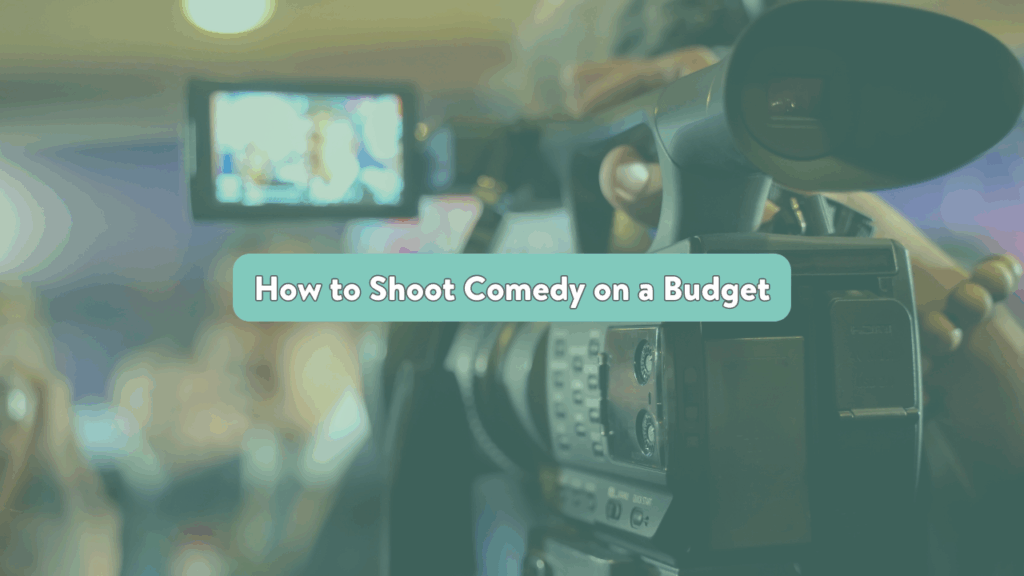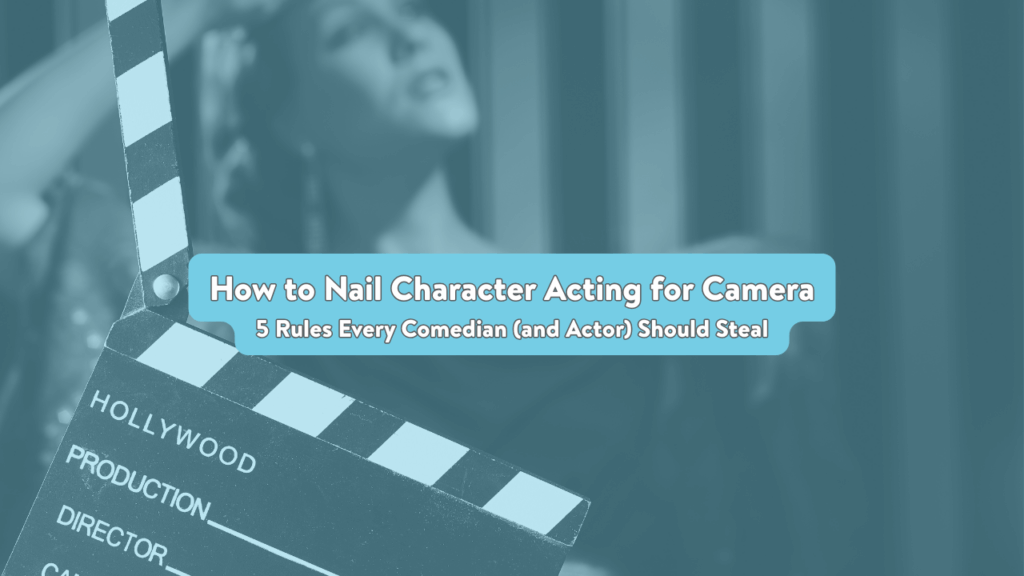How to Find a Comedy Home: Red Flags (and Green Flags!)

Having a theatre to call home base is a huge asset to performers: it gives you a space to hone your jokes, stage your sketches, and do some legendary third beats at Harold night. But what happens when you need to find a new comedy home?
Maybe you moved, maybe you just started performing, or maybe you are leaving an unsafe comedy environment– if that’s you now, you are far from alone.
Generally, comedy theaters don’t have a great reputation as safe spaces for women and marginalized genders, BIPOC, disabled persons, or members of the LGBTQIA+ community. That said, very few theatre companies are going to come out and say, “we don’t do a good job with diversity.”
If you’re not a Cis-hetero-non-disabled-neuro-typical-white-guy-named-Kyle, it’s helpful to have a checklist of red flags and green flags when looking for a new comedy home. Here are some ways to get a feel for a theatre:
See a show or two!
Seeing shows is probably the quickest way to do a vibe check on a theatre. You’ll see a whole bunch of people, from staff to students to cast. Sit back and notice what is, and more importantly, what isn’t there.
Red Flags:
- Their casts are mostly Cis-hetero-non-disabled-white-guy-named-Kyles, or at least the paid casts are.
- The comedy punches down: whether it’s big “oh noooo”s or subtler “yikes” microaggressions. Onstage humor says a lot about offstage culture.
- Do two male actors kissing count as a joke? Oh nooooo.
- Do performers tease each other about physical traits? Yikes.
- Do they still let Kyle try to do all accents? Woof.
- The audiences are consistently belligerent, the staff don’t deal with audience members who are repeatedly disruptive.
Green Flags:
- There is a mix of diverse populations represented on every cast, and the ratios show a commitment to equity.
- The comedy is feminist and intersectional. If their onstage jokes became offstage behavior, it wouldn’t feel alienating or upsetting. You want a friendly welcoming tone.
- The cast doesn’t accept discriminatory language from the audience. The staff is quick to recognize when “a little drunk” has become “a problem” and are well prepared to ask people to leave if things become disruptive or unsafe.
Take a look around!
Check out the physical space, as well as the website and marketing.
Red Flags:
- The spaces (lobby, audience, classrooms, and stage) aren’t accessible.
- Visiting guest artists include comedians and teachers with problematic histories or from problematic institutions.
- There is frequent turnover. This becomes an extra-large red flag if the turnover is mostly non-Kyles.
- You don’t see many visiting alumni. If you don’t see an alum or two happily coming back to visit (or worse, if ex-performers have gone from fully invested to quitting comedy cold turkey) consider it a football-field-sized red flag.
Green Flag:
- There are plenty of signs that accessibility is a priority: stages and theater spaces accessible, from ramps, warnings about flashing lights, captions on scripted shows, sensory-friendly shows, etc.
- People stick around! The turnover is evenly spread, and lots of the alumni go on to be successful comedians.
- The list of visiting guest artists is consistently diverse and includes alumni.
Look at their classes!
You can learn a lot before ever enrolling in a class. Read the online copy about classes, see if the school will put you in touch with a current student to chat about their experience, or go to a jam/open mic and talk with current students after.
Red Flag:
- Instructors hang out at the bars with current students. They share personal stories and use language that is more appropriate for telling friends than for sharing in the workplace.
- The goal of classes is strictly to get onto paying casts. The theater and school promote this as the main incentive to take classes
- The theater offers little financial assistance, and it is difficult to find and apply for.
Green Flags:
- Instructors offer students support and encouragement in class. They are kind and professional, treating time with students as their place of work.
- The classes are marketed not as a path to casts, but as a place to learn and grow. The theater sets realistic expectations for casting.
- The theater’s financial assistance and equity initiatives are easily found on its website, and the applications don’t require hours of work.
Check out who’s in charge!
This one can be harder to suss out before you join a theater community, but start thinking about it early. Check their website for resources, and once you’re in a class or a show, see how easy it is to learn about the management structure.
Red Flag:
- There isn’t much transparency from management about the business side. It’s normal for theaters to focus on the community aspect of what they do, but if you’re not sure how the theater stays in business, that’s a red flag.
- The people in positions of power are mostly Kyle.
Green Flag:
- The management is transparent with their business model, and there are multiple levels of visible accountability. It’s clear how the theater functions and how different roles interact.
- As with casting, green-flag management is highly diverse.
Keep adding to this list, and break it out anytime you find yourself wondering if you’ll feel comfortable in a new theatre.
A comedy home with a supportive structure lets you be your best, funniest self. If you feel comfortable, share your list with other comedians, or use it as a blueprint when producing your own shows or starting a theatre. Theatres full of nothing but green flags make comedy better for me, for you, and, yes, even for Kyle.
What are your red flags and green flags? Let us know on Twitter if you want!
Gwen Coburn is a comedian who combines feminism, comedy, music, feminism, theater, and feminism. Sometimes she shakes it up, combining mental wellness and feminism. Her one-woman show, Sad Girl Songs, premiered at the pit solocom 2019 and can be seen at the upcoming women in comedy festival. Her writing can be found in many publications including Mcsweeney’s internet tendency, Slackjaw, and the Belladonna.
Editor’s Note: A previous version of this article used different language regarding the disabled community. After a conversation with a member of the deaf community, the author and editor of this article decided on alternative language. We want to acknowledge that disabled people are disabled by societal constructs, not their ability. After some consideration, we believe the alternate language used in this update reflects the societal responsibility more accurately than typical “person-first” language. Thank you for your investment in the article, and for reaching out.




